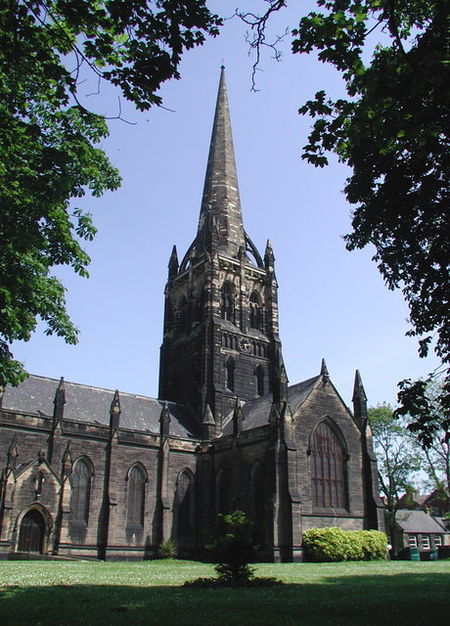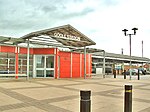St John's Church, Goole
Church of England church buildings in the East Riding of YorkshireChurches completed in 1848GooleGrade II listed churches in the East Riding of YorkshireUse British English from March 2021

St John's Church or the Church of St John the Evangelist is an active parish church in the town of Goole, East Riding of Yorkshire, England. It was built between 1843 and 1848 in the Gothic Revival style and has been an active place of worship for Christians since. The church is located on Church Street, near to the town centre and port; it is the main parish church of the town. It is a grade I listed building.
Excerpt from the Wikipedia article St John's Church, Goole (License: CC BY-SA 3.0, Authors, Images).St John's Church, Goole
Church Street,
Geographical coordinates (GPS) Address Nearby Places Show on map
Geographical coordinates (GPS)
| Latitude | Longitude |
|---|---|
| N 53.702647 ° | E -0.87154 ° |
Address
Church Street
Church Street
DN14 5BA
England, United Kingdom
Open on Google Maps









